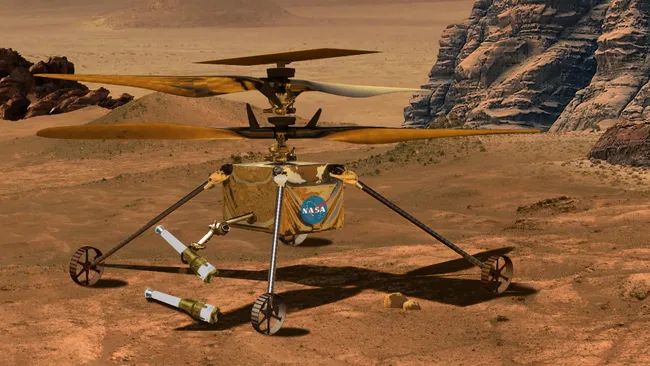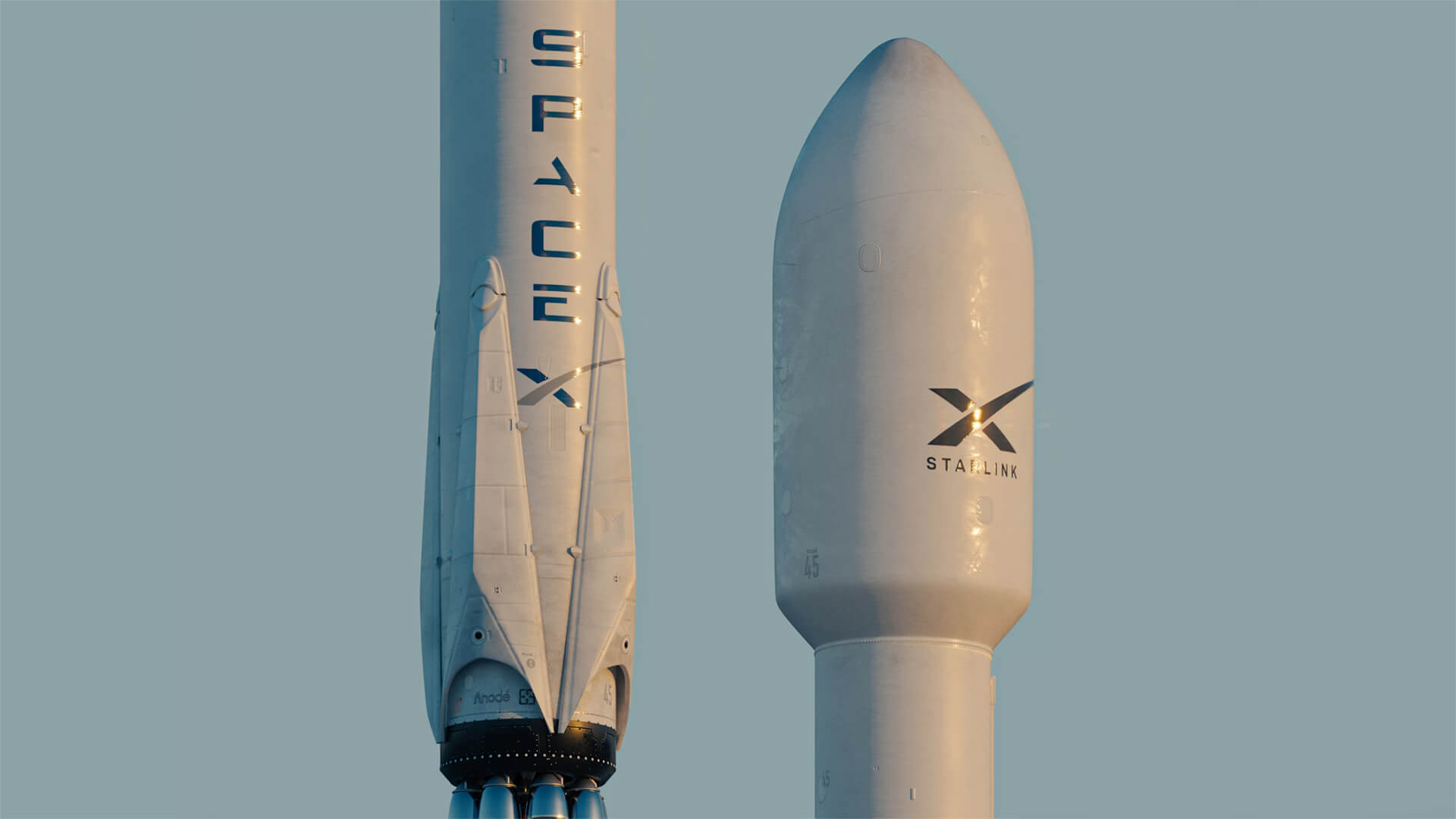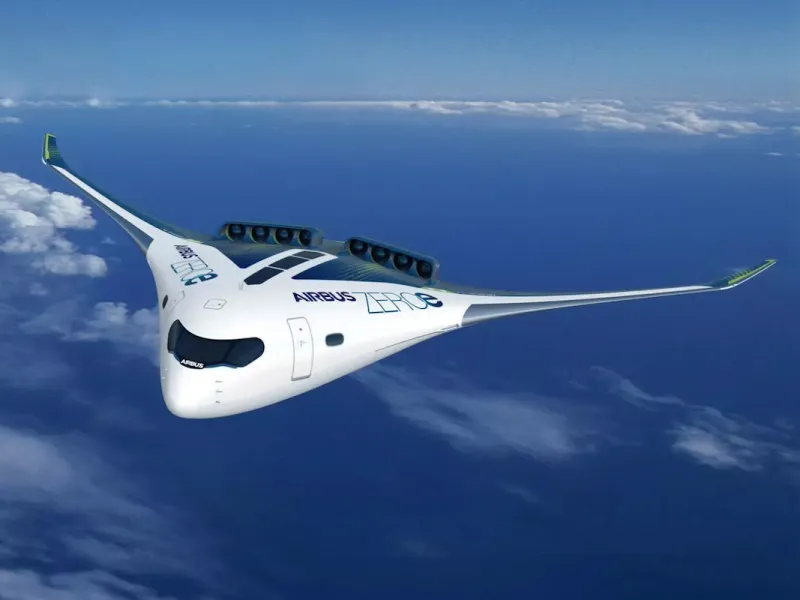NASA’s historic Ingenuity Mars helicopter opened the way for aerial exploration of Mars. Now, NASA is developing a new generation of rotorcraft— called Mars Sample Recovery Helicopters — that will collect scientific samples and enhance future Mars exploration.
Why Are Recovery Helicopters Needed?
As part of the Mars Sample Return campaign, the Perseverance rover deposits collected rock and soil samples in staging locations. Sample Recovery Helicopters will autonomously pick up these tubes and fly them to a lander, where they will be loaded onto a rocket to head back to Earth. This aerial approach avoids the need to add complex rover-based transport systems to the mission architecture.
How They Build on Ingenuity’s Legacy
Ingenuity flew 72 successful missions–surpassing its original goal of five–and demonstrated powered flight in Mars’ thin atmosphere. Its success proved the feasibility of rotorcraft on Mars and laid the groundwork for future aerial vehicles.
Data and lessons from Ingenuity–navigation systems, rotor design, autonomy–are now being adopted for heavier, more capable recovery helicopters.
Design Features of Sample Recovery Helicopters
- Larger footprint & payload: These craft will be heavier than Ingenuity (around 20+ kg), with larger rotors to carry sample tubes (~280g each), batteries, and autonomous systems.
- Extended autonomy: Flight systems evolved from Ingenuity’s guidance and navigation designs, capable of longer-range missions to locate depots and safely transfer samples.
- Rugged design: Next-gen rotors tested on Earth reached speeds near Mach 0.95, improving lift in Mars’ 1% atmosphere density. Systems are built to handle dust, temperature extremes, and ensure redundancy.
Challenges & Engineering Innovations
- Atmospheric Thinness: The low air density requires extremely lightweight yet strong rotor blades that can spin fast enough to generate lift–an engineering hurdle Ingenuity overcame.
- Autonomous navigation in featureless terrain: Ingenuity’s last flight failed due to its vision system misreading sand–an issue future helicopters must avoid through smarter algorithms and waypoint planning.
- Mission Integration: Recovery helicopters must coordinate with the Sample Retrieval Lander and Mars Ascent Vehicle, maintaining precision timing, safe sample transfer, safety margins, and mission reliability.
From a simple proof-of-concept, Mars helicopters are evolving into mission-critical systems poised to retrieve precious scientific samples. NASA’s planned Sample Recovery Helicopters build on Ingenuity’s legacy. Introducing more robust design, heavier lift, and autonomous operations. They are an essential step toward returning Martian rocks and soil to Earth for analysis, paving the way for deeper discoveries about the Red Planet.



